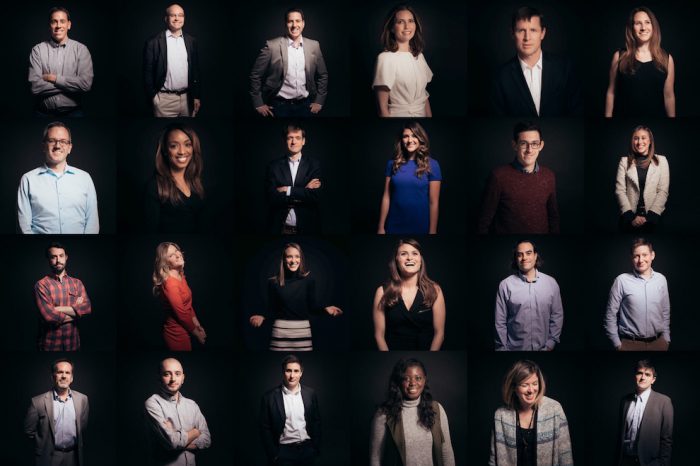
Jim VandeHei’s Axios officially launched Wednesday (with a team of 47 and another 16 open positions listed) and its first feature is a splashy one: An interview with President-elect Donald Trump.
But the interview isn’t presented as an hour-long video, or a 3,000-word transcript. Instead, there are multiple posts about it, the longest of which is 643 words. Another piece from the interview, about healthcare, consists mainly of one big quote. A third post, “The toplines from Trump’s Axios interview,” is 431 words and consists of three “big picture” bullet points followed by a list of 16 brief items. There’s even a post on “What Trump didn’t say.”Trump says he prefers briefings as single page of bullet points. @Axios debut appears to be largely single pages of bullet points. https://t.co/e4Cr8ctaFT
— Ben Welsh (@palewire) January 18, 2017
Axios looks nice. Borrowed from Quartz and Vox in best possible ways.https://t.co/SoYYWmZWOw
— Daniel Bentley (@DJBentley) January 18, 2017
Start as you mean to continue, right? The way that the Trump interview is presented demonstrates more broadly VandeHei’s vision of in-depth news that can still be “summarized in a screen.” The $10,000 subscriptions that VandeHei has said will ultimately be a part of Axios’s business model are still a ways away; for now, the site notes “launch partners” including Bank of America, BP, and Walmart.
@axios Wow! Did you go out of your way to find the most socially obnoxious partners available? Couldn't find one who isn't killing us???
— Kat Robertson (@mountainkat47) January 18, 2017
Axios doesn’t exactly have a homepage, but the page you reach when you visit Axios.com is a Quartz-like infinite scroll. For each article, you get a card with a “main” word count and an option to expand it. (Poynter has a good look at how Axios designed its site.) The site has sections for technology, politics, business, and health care. A “Trending” section on the left-hand column of each page, and the order in which stories are presented in the infinite scroll, provide a bit of insight into which stories are the “biggest” or “most important.” Beyond that, you just keep scrolling. From Axios’s about page:
Make reading, watching and listening as clean and reader-friendly as possible. This means killing everything from banner ads and pop-ups to topic pages and other web features designed for clicks, not usability. Our site eliminates traditional click-based pages AND allows you to view our content without leaving your stream of news. Our design guru, Alexis Lloyd, coined the term “elegant efficiency” to guide our every iteration.
Social is a huge part of Axios’s strategy, and the company appears to be planning to use the new Snapchat-like Instant Articles feature that Facebook is making available to just a few publishers for now — though it wasn’t working for me Wednesday. VandeHei told my colleague Shan Wang recently:The slogan for the @axios launch could be "Make Homepages Great Again"
— Патрик Руффини (@PatrickRuffini) January 18, 2017
On Facebook we’ll be trying to lock down the enormous number of people on Facebook who are serious news consumers who might not necessarily be subscribing to the newsletter but should be reading Axios. Basically, there’s a way to use Facebook Instant Articles to create a dynamic slide-and-glide way of consuming news that’s a lot more like Snapchat Discover than it would look like Axios.com. We think that would resonate with the Facebook demographic of news consumers. It’s a new experience for them and it’s a new opportunity for advertisers to reach Facebook audiences with native advertising.
.@axios seems like a fine news web site. But should I add a bookmark for it in my browser?
— William Allison (@WilliamAllison) January 18, 2017